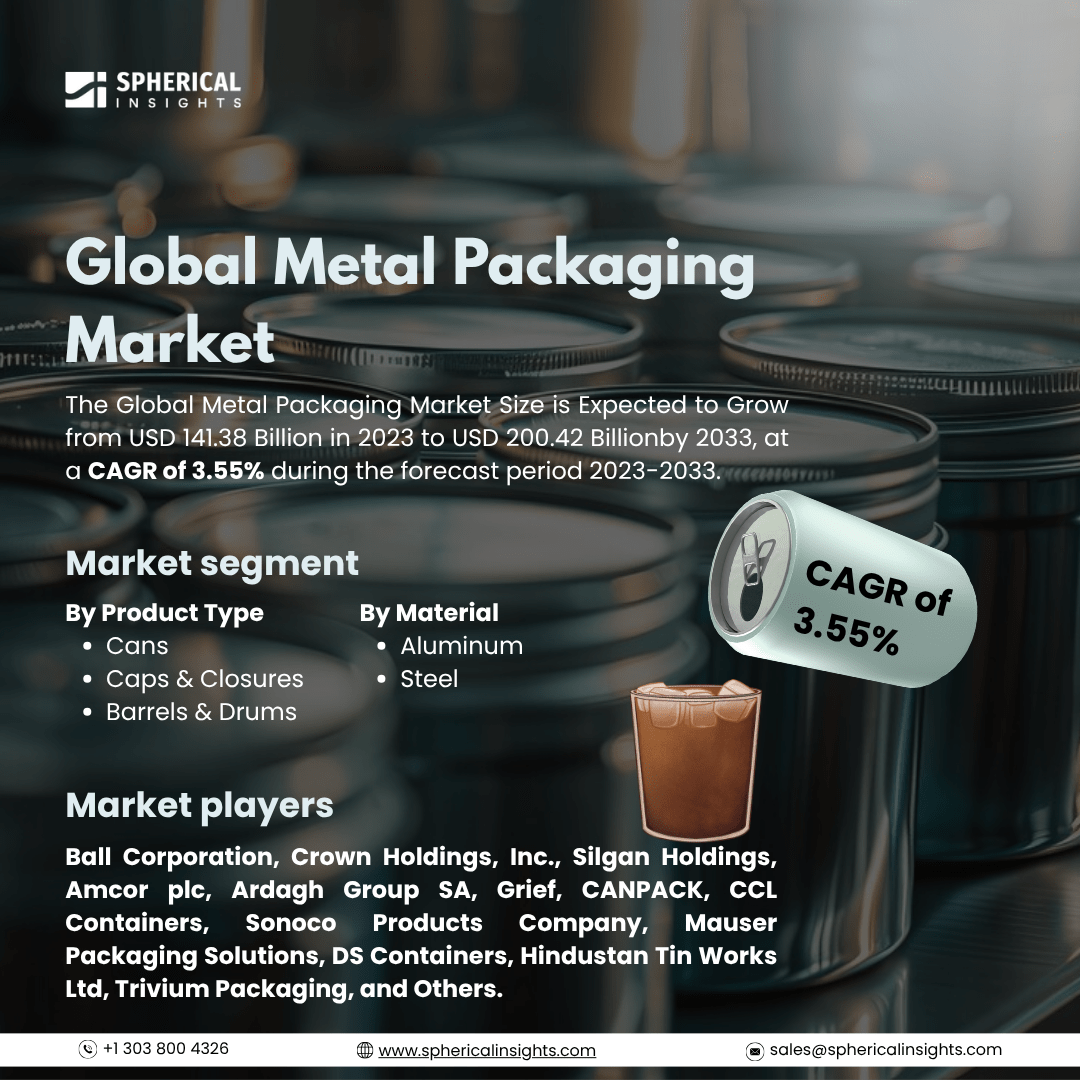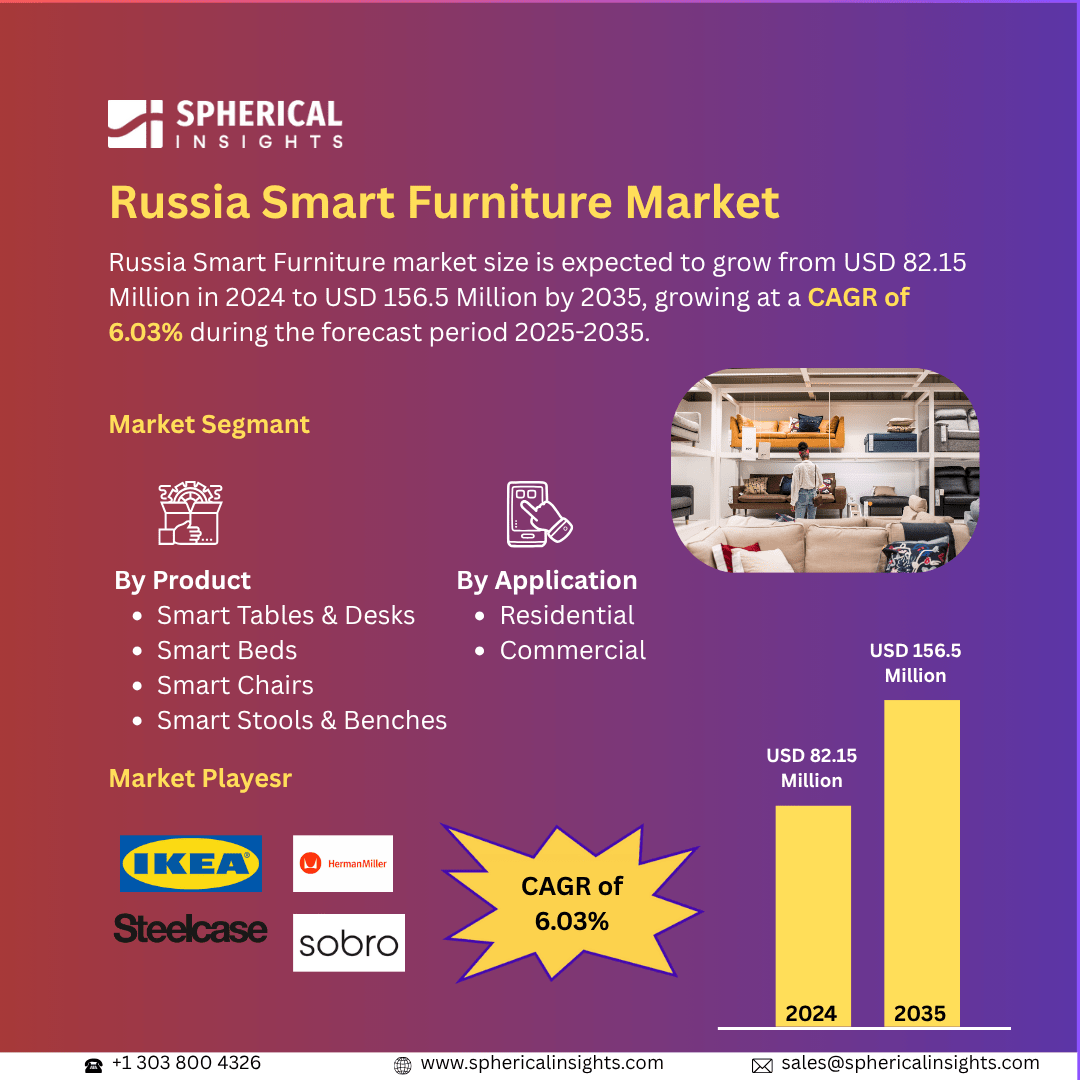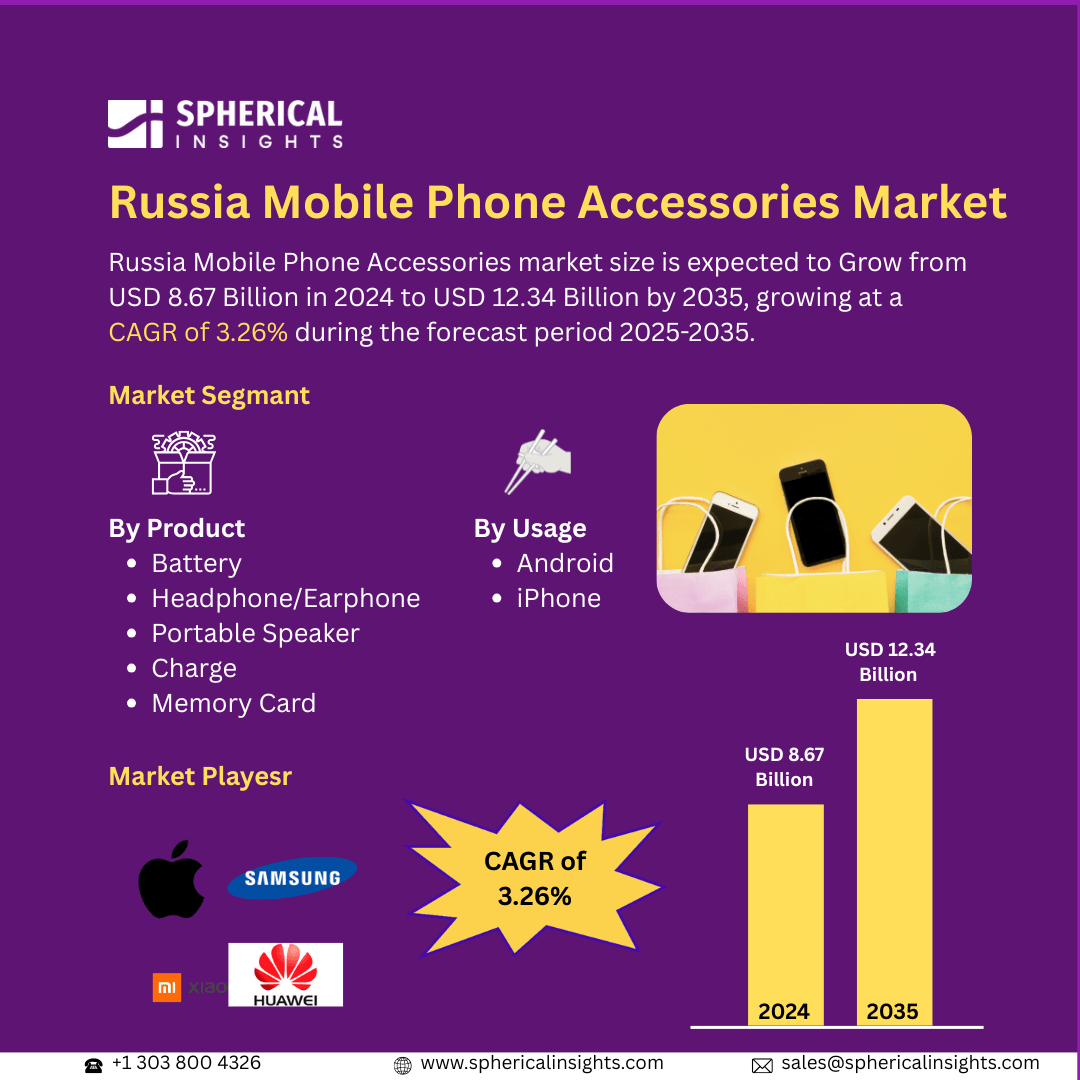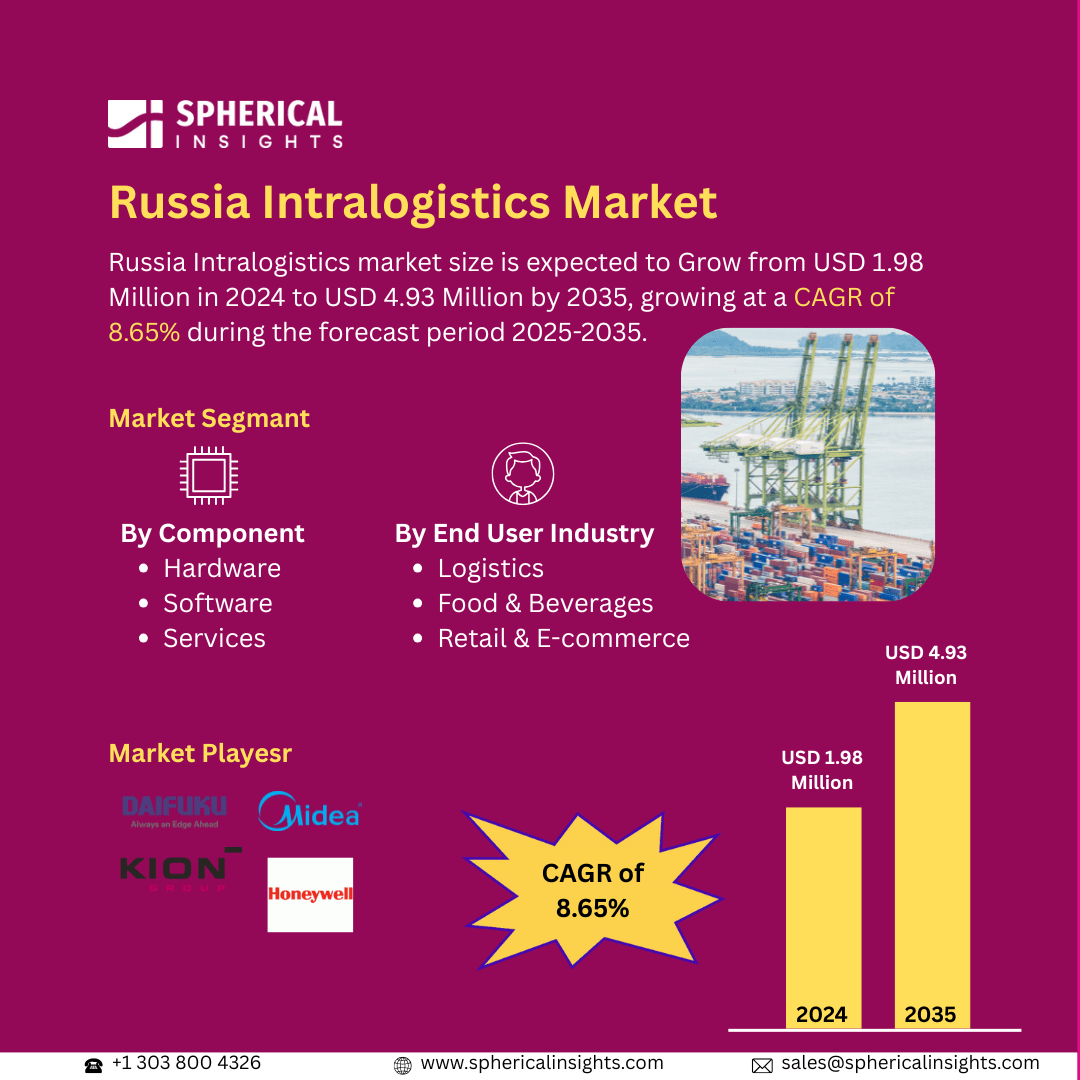Global Metal Packaging Market Size To Exceed USD 200.42 Billion by 2033
According to a research report published by Spherical Insights & Consulting, The Global Metal Packaging Market Size is Expected to Grow from USD 141.38 Billion in 2023 to USD 200.42 Billion by 2033, at a CAGR of 3.55% during the forecast period 2023-2033.
Browse 210 market data Tables and 45 Figures spread through 190 Pages and in-depth TOC on The Global Metal Packaging Market Size, Share, and COVID-19 Impact Analysis, By Product Type (Cans, Caps & Closures, and Barrels & Drums), By Material (Aluminum and Steel), By End-user (Food & Beverages and Paints & Varnishes), and By Region (North America, Europe, Asia-Pacific, Latin America, Middle East, and Africa), Analysis and Forecast 2023 – 2033
The global metal packaging market refers to the industry focused on manufacturing and marketing product packaging containers consisting of metals that include steel, aluminum, and tinplate. These containers' durability, recyclability, and ability to sustain product purity render them desirable in the food, beverage, pharmaceutical, and personal care industries. Key driving factors for the growth of the metal packaging market include the growing awareness of the safety, durability, and extended shelf-life of products provided by metal containers across a range of industries; increasing need for recyclable and sustainable packaging alternatives; and a rise in the consumption of packaged food and beverages. However, high material costs, mining-related issues within the environment, and competition with other possibilities for packaging these elements could impede market growth.
The cans segment accounted for the largest revenue share in 2023 and is projected to grow at a significant CAGR during the forecast period.
On the basis of product type, the global metal packaging market is divided into cans, caps & closures, and barrels & drums. Among these, the cans segment accounted for the largest revenue share in 2023 and is projected to grow at a significant CAGR during the forecast period. The segment growth is attributed to the growing need for sustainable, tamper-proof, and accessible packaging, especially in the food and beverage industries, which promotes an increased market expansion driven by customer safety and lifestyle decisions.
The aluminum segment accounted for the largest market share in 2023 and is anticipated to grow at a remarkable CAGR during the forecast period.
On the basis of material, the global metal packaging market is divided into aluminum and steel. Among these, the aluminum segment accounted for the largest market share in 2023 and is anticipated to grow at a remarkable CAGR during the forecast period. The segment growth is driven because of its high recycling value, energy-efficient manufacturing technique, and growing popularity among companies searching for sustainable packaging products to improve their reputation and minimize their carbon footprint.
The food & beverages segment accounted for the highest share in 2023 and is anticipated to grow at a significant CAGR during the forecast period.
On the basis of end-user, the global metal packaging market is divided into food & beverages and paints & varnishes. Among these, the food & beverages segment accounted for the highest share in 2023 and is anticipated to grow at a significant CAGR during the forecast period. The segment growth can be attributed to the increasing consumer demand for ready-to-eat, convenient products, enhanced awareness of food safety, and the ability of metal packaging to increase shelf life and preserve freshness, all contribute to market growth.
North America is anticipated to hold the largest share of the global metal packaging market over the predicted timeframe.
North America is anticipated to hold the largest share of the global metal packaging market over the predicted timeframe. The regional market growth can be attributed to an increase in craft breweries and high demand from the food and beverage industry, which is dominated by prominent companies. Regional expansion and market adoption are being significantly facilitated by the transition from glass to aluminum cans for improved logistics, sustainability, and innovative branding.
Asia Pacific is expected to grow at the fastest CAGR in the global metal packaging market during the forecast period. The regional market growth is driven by rising disposable income, a burgeoning middle class, and rapid urbanization, particularly in China, India, and Southeast Asia. Strong regional market growth is driven by the growing food and beverage industry in addition to changing customer preferences for expensive, readily packaging.
Company Profiling
Major vendors in the global metal packaging market are Ball Corporation, Crown Holdings, Inc., Silgan Holdings, Amcor plc, Ardagh Group SA, Grief, CANPACK, CCL Containers, Sonoco Products Company, Mauser Packaging Solutions, DS Containers, Hindustan Tin Works Ltd, Trivium Packaging, and Others.
Key Target Audience
- Market Players
- Investors
- End-users
- Government Authorities
- Consulting and Research Firm
- Venture capitalists
- Value-Added Resellers (VARs)
Recent Development
- In September 2024, KitKat and Lion introduced stainless steel containers for their products in the Hauts-de-France region. Consumers can return the empty packaging for reuse, promoting a circular economy. This initiative aligns with sustainability goals and is currently in a six-month test phase.
Market Segment
This study forecasts revenue at global, regional, and country levels from 2023 to 2033. Spherical Insights has segmented the global metal packaging market based on the below-mentioned segments:
Global Metal Packaging Market, By Product Type
- Cans
- Caps & Closures
- Barrels & Drums
Global Metal Packaging Market, ByMaterial
Global Metal Packaging Market, By End-user
- Food & Beverages
- Paints & Varnishes
Global Metal Packaging Market, Regional
- North America
- Europe
- Germany
- Uk
- France
- Italy
- Spain
- Russia
- Rest of Europe
- Asia Pacific
- China
- Japan
- India
- South Korea
- Australia
- Rest of Asia Pacific
- South America
- Brazil
- Argentina
- Rest of South America
- Middle East & Africa
- UAE
- Saudi Arabia
- Qatar
- South Africa
- Rest of the Middle East & Africa



